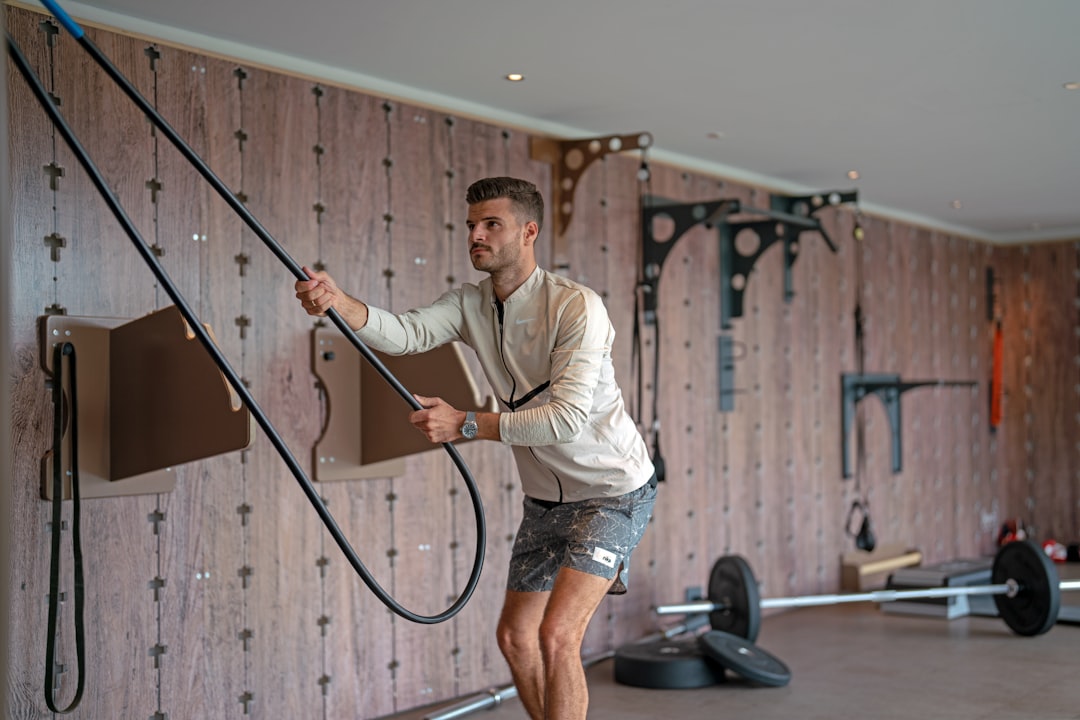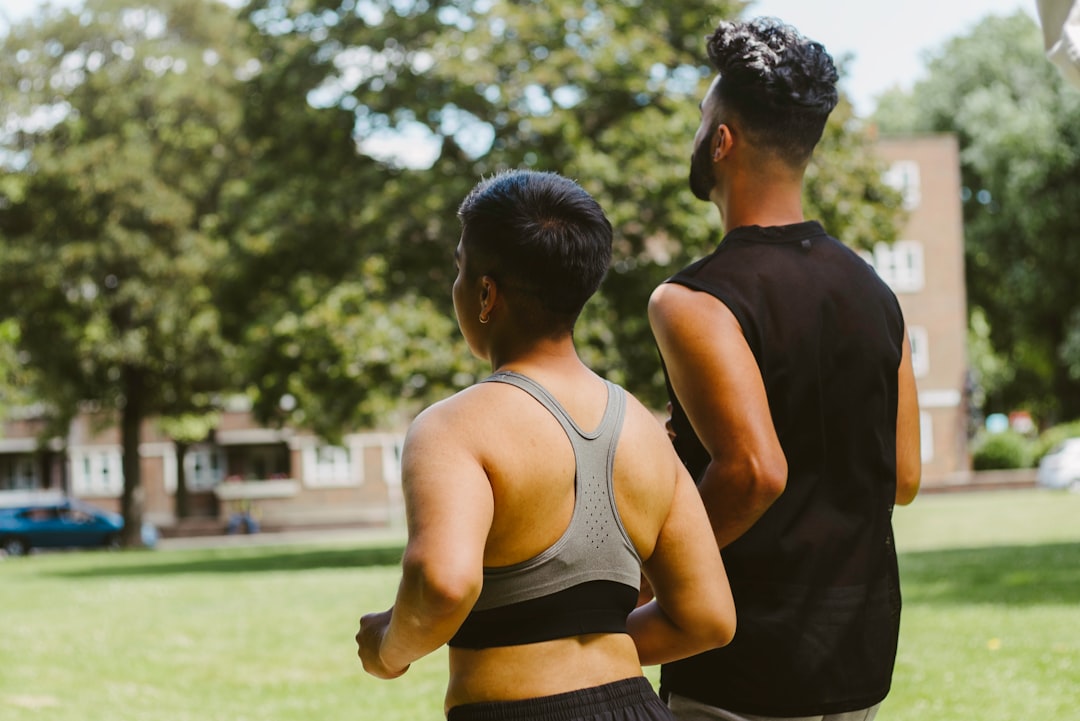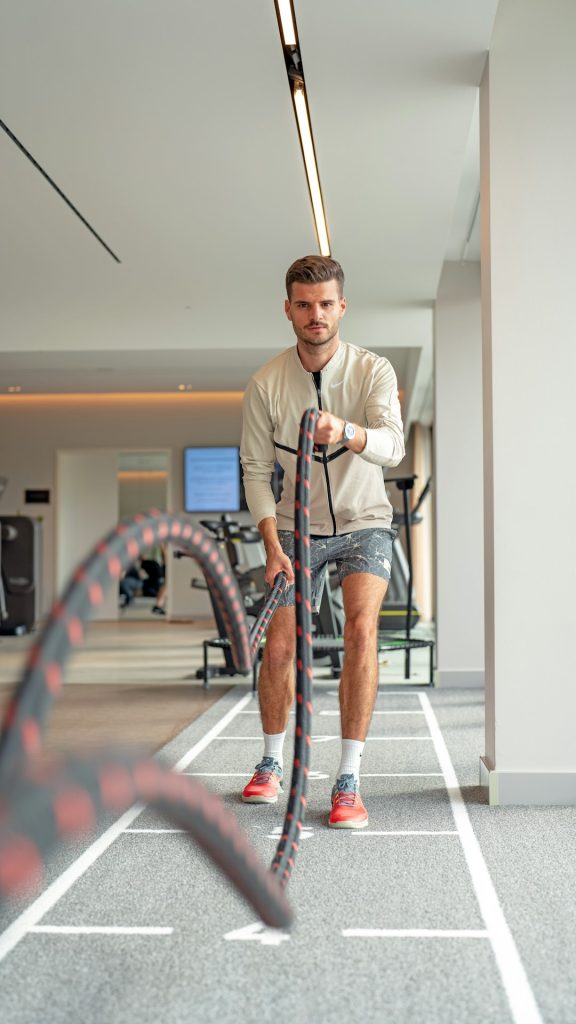In recent years, the fitness world has experienced a dramatic shift. The rise of so-called “gym rats” — individuals who dedicate extensive time and effort to strength training, aesthetic bodybuilding, and performance gains — is reshaping norms, expectations, and the resources available across gyms and fitness platforms. While their enthusiasm is undeniable, this transformation has both positively and negatively affected a different demographic: casual athletes.
Who are gym rats and what do they bring to the table?
Gym rats are typically easy to spot. Often equipped with advanced fitness gear, a wealth of knowledge about workout routines, and an unwavering commitment to gym consistency, they stand out as the most consistent users of any fitness facility. Their influence extends beyond just lifting weights; they often become influencers themselves, posting workouts, diets, and product recommendations on social media platforms.
This level of commitment has undeniably popularized weight training and elevated the average person’s awareness about physical fitness. Social media has helped spread workout motivation and foster a culture of athletic aspiration. This wave has gifted gyms with rising memberships and encouraged many to make health a priority.

The changing gym environment
However, the increase in high-intensity, equipment-heavy training routines favored by gym rats is gradually shifting the focus — and infrastructure — of local gyms. Many fitness centers are now prioritizing strength equipment and spaces for heavy lifting over cardio machines or group fitness studios. This new direction can be intimidating or restrictive for casual gym-goers who use fitness as a way to stay moderately active, manage stress, or maintain mobility.
Casual athletes, including older members, beginners, and those with non-aesthetic goals, sometimes feel undervalued in spaces increasingly optimized for high-performance training. As squat racks and weight benches dominate more floor space, options for yoga, stretching, or even walking on the treadmill are getting limited. This subtle repositioning makes fitness less approachable for those content with more relaxed routines.
A cultural divide in fitness spaces
This divergence has also fostered an unintentional cultural rift. Casual athletes may feel pressure to push beyond their comfort zones to blend in. Gym rats, by their sheer presence and peer-to-peer influence, create unwritten expectations around effort, body image, and time commitment.
On one hand, this peer pressure acts as motivation. Witnessing others’ transformations can inspire lifestyle changes and foster self-improvement. On the other, it can lead to feelings of inadequacy, discouragement, or gym abandonment among less experienced or less driven athletes. This “go hard or go home” approach undermines the idea that fitness can — and should — be inclusive in goals and pace.
Accessibility, diversity, and the future of fitness
To evolve toward a balanced ecosystem, gyms and fitness influencers must consider inclusivity in both practice and messaging. Facilities that include diverse spaces—mixing powerlifting stations with quiet wellness areas and tech-enhanced cardio zones—have a greater chance at retaining a broad clientele.
Additionally, fitness messaging online should diversify what “success” looks like. Celebrating holistic wellness — including flexibility, mental health, and functional movement — can remind audiences that fitness is more than reps and shredded abs.

Conclusion
Gym rats are undeniably reshaping the modern fitness landscape with passion and discipline. While their impact inspires many, it also redefines norms in ways that may alienate the casual athlete. Finding a balance between high-performance training and accessible wellness is key to ensuring that every person—regardless of their fitness level—can find their version of success in the gym.
Frequently Asked Questions (FAQ)
-
What defines a gym rat?
A gym rat is someone who regularly spends a lot of time at the gym, often focusing heavily on strength training, body aesthetics, or performance-based fitness goals. -
How are gym rats impacting the fitness community?
They are increasing awareness, raising training standards, and promoting fitness culture, but sometimes at the cost of making casual gym-goers feel out of place or less motivated. -
Can gyms accommodate both gym rats and casual users?
Yes, through thoughtful layout designs, varied class offerings, and inclusive marketing, gyms can create environments that cater to all fitness levels and lifestyle goals. -
What should a casual athlete look for in a gym?
Look for gyms with diverse equipment, beginner-friendly classes, a supportive community, and a welcoming atmosphere that doesn’t focus solely on hardcore training. -
Is peer pressure from gym rats always negative?
Not necessarily. It can push some people to try harder or stay consistent, but it’s important to understand personal limits and not get discouraged by unrealistic comparisons.
